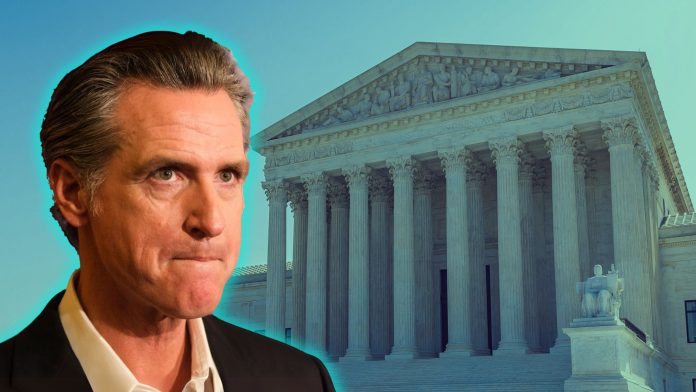On December 13, the U.S. Supreme Court agreed to hear a dispute regarding California’s authority to set its emissions and electric vehicle (EV) standards. The challenge comes from a group of fuel producers, including a subsidiary of Valero Energy, who argue that California’s regulatory power over vehicle emissions exceeds its authority.
At the heart of the dispute is an exception granted to California in 2022 by the U.S. Environmental Protection Agency (EPA), allowing the state to set vehicle emission standards that are stricter than the federal regulations under the Clean Air Act.
Since 1967, California has progressively tightened vehicle emissions performance standards and EV sales mandates, receiving over 75 waivers. In March 2022, the EPA reinstated California’s waiver, allowing the state to enforce its tailpipe emissions limits and zero-emission vehicle mandates through 2025, reversing a prior decision under the Trump administration.
Fuel producers, including Valero, argue that the reinstatement of the waiver is an overreach of the EPA’s authority under the Clean Air Act. They contend that the waiver inflicts substantial financial harm by reducing demand for liquid fuels, which is critical to their bottom lines. In April, the U.S. Court of Appeals for the District of Columbia Circuit dismissed the case, stating that the fuel groups lacked the legal standing to proceed.
However, the fuel producers have now appealed to the U.S. Supreme Court, publicly criticizing California’s role and framing the state’s actions as a “junior-varsity EPA” with an overblown regulatory influence. The fuel producers have invoked the “major questions” doctrine, which allows courts to invalidate executive agency actions unless Congress has explicitly authorized them.
The U.S. Supreme Court has a 6-3 conservative majority and has expressed skepticism toward expanding regulatory authority. In a previous ruling, the court restricted the EPA’s powers on various issues, including ozone emissions, wetlands protection, and carbon emissions from power plants.



